Reviews
William A. Fraker
USA, 1981
Credits
Review by David Carter
Posted on 07 June 2013
Source Lionsgate DVD
Categories Failed Franchises
The Lone Ranger was introduced in a 1933 radio play, but the character is best known for the television version that aired on ABC from 1949 to 1957. This incarnation of the Lone Ranger was so popular that it helped take ABC from a regional to national network, and episodes are reportedly still airing consistently into the present day. One would have expected a Lone Ranger feature film to be met with the same renown that greeted the TV show, yet 1981’s The Legend of the Lone Ranger failed to meet expectations. Plagued by both internal and external troubles, the film was a notorious flop, one that almost killed an American icon.
The first major misstep made by the film’s producers was in underestimating just how popular the television version had been. Clayton Moore, who played the role in the television series, had made a living in the years since the show by making public appearances as “the Lone Ranger,” complete with the character’s trademark black domino mask. In order to minimize distractions from the upcoming film, the producers filed a legal injunction against the aged Moore to prevent him from these public appearances or identifying himself as the character. This action was perceived as a Hollywood studio exerting its control on a beloved old man, and caused a good deal of negative publicity for the film before filming had even begun.
Klinton Spilsbury was chosen as the title character, which didn’t help matters. The film would be Spilsbury’s only acting credit with good reason—all of Spilsbury’s dialogue had to be redubbed by James Keach - Stacy Keach’s brother - and his wooden performance earned him several Razzie awards, beating out Gary Coleman and Miles O’Keefe (star of the equally lamented Tarzan, the Ape Man) for “Worst New Star.” Spilsbury took the brunt of the bad publicity for the Clayton Moore lawsuit, despite the fact he had no part in it, and apparently he was aware of the public resentment. Andy Warhol’s interview with Spilsbury in the November 1980 issue of Interview may have been the final nail in the coffin for the still-unreleased film, as a reportedly drunken Spilsbury confessed to affairs with several well-known male actors in what appeared to be an intentional act of self-sabotage.
It is unknown how many people bypassed the film due to its uniformly negative publicity, but those that did see it would not have been presented anything that would have challenged the consensus. The Lone Ranger stories are formulaic, to be certain, but it is a formula that has proven successful time and time again. The Legend of the Lone Ranger’s fatal mistake is in its deviation from this formula. The filmmakers obviously desired to give audiences a new take on the character, but it was an unwanted one that showed a gross misunderstanding of the Lone Ranger mythos.
The film begins with a young John Reid hiding a Native American boy his own age from pursuing bandits. Once the danger has passed, the two boys return to the Reid homestead to see John’s parents murdered by the same bandits before their very eyes. Tonto, the Native child, takes John to his village to be raised as part of their tribe, and the young man thrives until his older brother Dan locates him and sends him to Detroit to live with relatives. Years later, the now adult John Reid returns to his home of Del Rio, Texas an attorney with ambitions to bring justice to the lawless frontier. Even before his arrival in Del Rio, he learns that justice is often decided with fists and guns, as when he’s forced to rescue his stagecoach from a gang of masked bandits.
John learns from Dan, now the leader of Del Rio’s troop of Texas Rangers, that Del Rio is besieged by the men of Butch Cavendish, a disgraced Union officer with designs to own all of Texas. After witnessing Cavendish’s brutality first hand, John rides with Dan and the Rangers, but they are led into a trap in which John is badly injured. He is found by a now-adult Tonto, who again takes him into his village and encourages John’s resolve to seek revenge against Cavendish. Tonto trains John in the important aspects of survival in the Wild West, including fighting, riding, and shooting, advising him on the latter topic that adding silver to his bullets will make them more accurate. Since the world believes John Reid to be dead, he dons a black mask and becomes the Lone Ranger.
The Lone Ranger and Tonto begin their war against Cavendish’s men and it doesn’t take them long to determine his next move. President Grant will be arriving by train in a few days for a round of buffalo hunting with Wild Bill Hickok, General Custer, and Buffalo Bill Cody in tow. Cavendish kidnaps Grant and threatens to kill him unless he is made president of an independent Texas. In an explosive finale, the Lone Ranger and Tonto lay siege to Cavendish’s compound to free Grant and put a final end to the villain’s reign of terror in Del Rio.
The Legend of the Lone Ranger takes the commonly-used action film format of an origin story for the character. While it remains faithful to the established version of the story, an origin of the Lone Ranger is unnecessary to understand the character. He is simply a masked man who fights villains with a Native American sidekick, and the inclusion of the characters’ backgrounds does nothing but delay the parts of the film that audiences of the TV serial anticipated. The film runs only one hundred minutes, and it is approximately the one hour mark before Reid becomes the Lone Ranger. This means that audiences had to wait through an hour of character development before bearing witness to all the iconography: the mask, the silver bullets, the horse Silver, or hearing the famed “William Tell Overture.” This delay may have sabotaged rather than enhanced the payoff.
Spilsbury’s shortcomings as an actor are offset by good performances by Christopher Lloyd as Cavendish and Twin Peaks star Michael Horse as Tonto. Director William A. Fraker is best known for his excellent cinematography in Rosemary’s Baby and Bullitt, and he’s paired here with the legendary Laszlo Kovacs, but neither seems to be willing to apply their talents to this film. Scripted by a quartet of television writing veterans, the film straddles the line between camp and calculated seriousness, never committing fully to either and only reaching a balance in its final act.
Disney will soon be reviving the filmic incarnation of the Lone Ranger, hindered little by the taint of this one. Few films of the early Eighties were as fraught with negative publicity and poor reviews, and it is easy to imagine that The Legend of the Lone Ranger would have been a failure regardless of the merits of the film itself. The only appeal it may have for modern audiences is as a curiosity.
More Failed Franchises
-
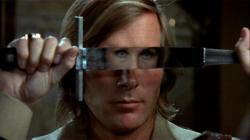
Captain Kronos - Vampire Hunter
1974 -
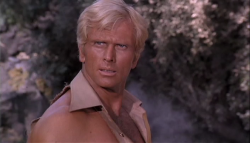
Doc Savage: Man of Bronze
1975 -
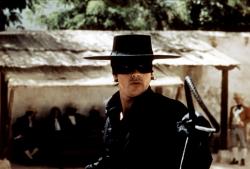
Zorro
1975 -
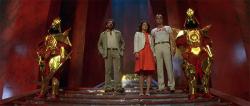
Flash Gordon
1980 -

The Legend of the Lone Ranger
1981 -
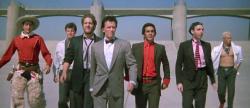
The Adventures of Buckaroo Banzai Across the 8th Dimension!
1984 -
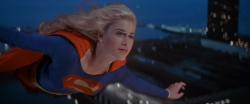
Supergirl
1984 -

Dune
1984 -
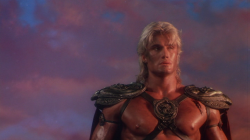
Masters of the Universe
1987 -
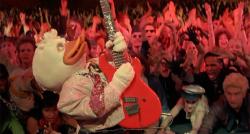
Howard the Duck
1986 -

Willow
1988 -
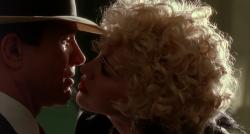
Dick Tracy
1990 -
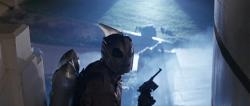
The Rocketeer
1991 -
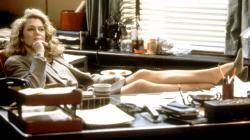
V.I. Warshawski
1991 -
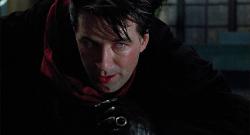
The Shadow
1994 -
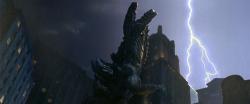
Godzilla
1998 -
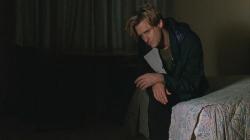
The Zero Effect
1998 -
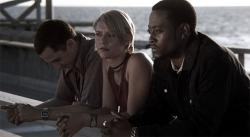
The Mod Squad
1999 -

Hulk
2003 -
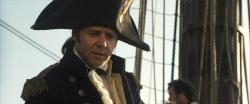
Master and Commander: The Far Side of the World
2003 -
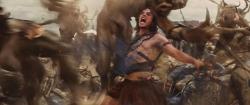
John Carter
2012
We don’t do comments anymore, but you may contact us here or find us on Twitter or Facebook.



